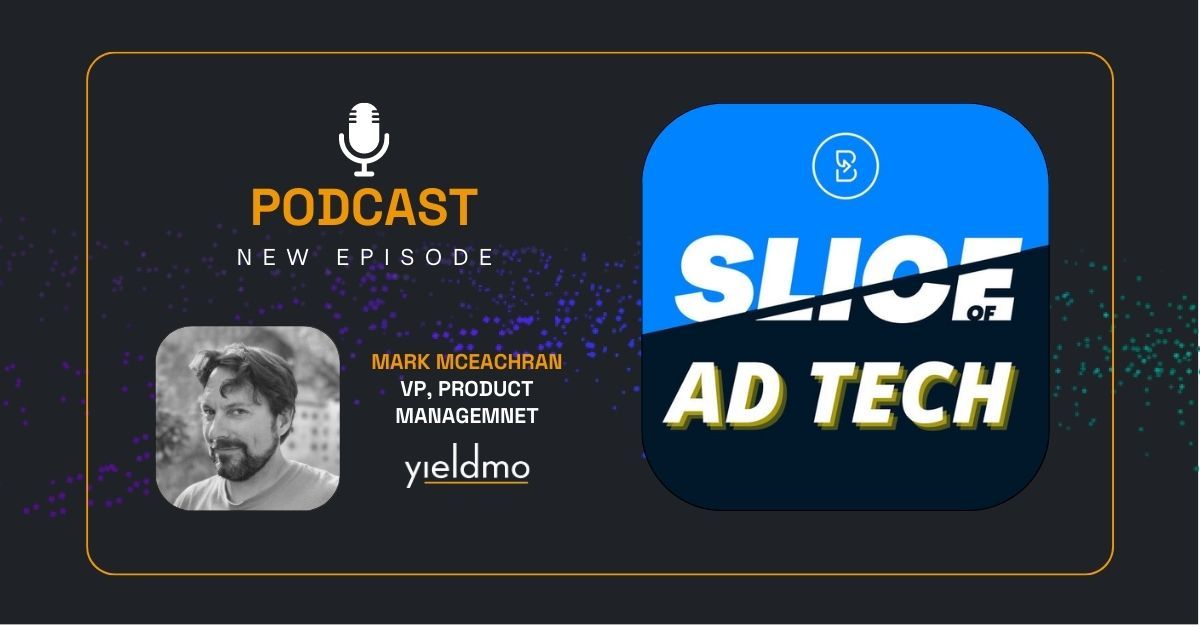What can playfully be described as a kerfuffle around how DSP IDs are being derived in the bidstream, the recent discord at the IAB Tech Lab has exposed not only shortcomings in the RTB protocol, but also a functional deficit in the programmatic ecosystem.
At the heart of the debate is the issue of how some SSPs and publishers are using probabilistic methods to apply DSP user IDs to requests from browsers that do not have 3rd party cookies enabled. Historically, DSP IDs have only been pinned to a cookie. Any bridging of IDs from a cookie-enabled browser to another browser, no matter how reliable the methodology, is not in-line with many DSP expectations. A shorthand term for this activity could be ID-Bridging. Read the rest of this post at Advertising Week.







